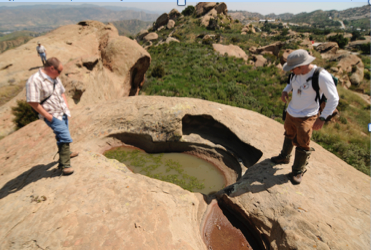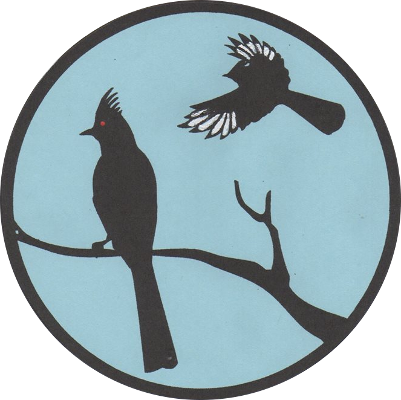Thursday, April 23, 2015
7:00 p.m. Social time, 7:30 p.m. Meeting
Encino Community Center
Presenters:
Paul Costa, Environmental Operations Manager, The Boeing Company
Chris Dunn, Sr. Project Mgr./Biologist, Padre Associates
Ken Gilliland, Biologist, Padre Associates
The Santa Susana Field Laboratory served as one of the nation’s preeminent rocket engine testing and energy research sites for decades. Once known for testing rocket engines that propelled Mercury, Gemini, Apollo and shuttled astronauts into orbit, the land is located within a vital wildlife habitat linkage. Santa Susana, certified through the Wildlife Habitat Council’s Corporate Lands for Learning program, is home to state and federally protected plants, animals and birds. It is also home to the San Fernando Valley Bird Observatory, a program of the San Fernando Valley Audubon Society.
Paul Costa is Boeing’s environmental operations manager for the Santa Susana Field Laboratory, a former rocket engine test and energy research facility for the U.S. government in  Southern California. He oversees the site’s cleanup and closure and programs to ensure the protection of cultural and natural resources, as well as community outreach efforts.
Southern California. He oversees the site’s cleanup and closure and programs to ensure the protection of cultural and natural resources, as well as community outreach efforts.
Costa has been with Boeing for 23 years in the field of environmental management. Prior to joining Boeing, he worked for the City of Los Angeles enforcing requirements for industrial waste dischargers, as well as providing outreach services to facilities in the area of hazardous waste minimization. He has served as a lecturer for UCLA’s extension program in hazardous materials management.
Chris Dunn and Ken Gilliland are both connected to Padre Associates, Inc., a multidisciplinary environmental consulting firm based in Ventura County, California. Padre biologists have provided biological support services at Santa Susana Field Laboratory since 1999, including general wildlife and botanical surveys, breeding bird surveys, focused special-status wildlife and rare plant surveys, vernal pool surveys, and vegetation and habitat mapping. Padre biologists have also provided support and oversight during native plant restoration activities, which have included planting of over 15,000 native plants and approximately 50 acres of hydro seeded areas. Padre biologists also participated in a field study measuring usage of hydro seeded areas versus adjacent natural areas by pollinating insects and birds.
